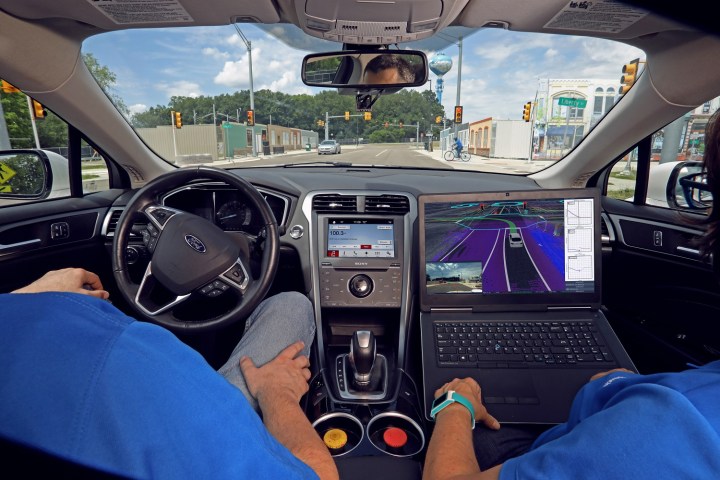
The idea isn’t to beat Tesla, Uber, BMW, Volvo, and every tech company in the autonomous arms race. The goal of the Ford, Lyft partnership is to provide answers to some of the questions facing the ridesharing industry today. One of the big question marks is how to create a technology platform capable of connecting seamlessly with another brand’s platform. The partners also want to figure out where to dispatch self-driving vehicles and get an idea of the infrastructure that will be needed to maintain them.
Customer trust is key to the widespread adoption of autonomous vehicles, so Ford and Lyft are placing a big emphasis on safety and dependability. There is no sense in rolling out a fleet of autonomous taxis if they are always empty because people are afraid to use them. To that end, programmers are making tweaks to the Lyft app to ensure it works the same way whether a customer summons an autonomous car or a human driver.
“We expect that our partnership with Lyft will accelerate our efforts to build a profitable and viable self-driving vehicle business,” Sherif Marakby, Ford’s vice president of autonomous vehicles and electrification, wrote in a Medium post.
Ford’s partnership with Lyft might create a conflict of interest in Detroit. General Motors — Ford’s arch enemy — bought a nine percent stake in Lyft for $500 million in January 2016. The ridesharing company isn’t worried about sleeping in both camps. “Our relationship with GM has always been a non-exclusive relationship,” Lyft Chief Strategy Officer Raj Kapoor told Reuters. GM has not commented on the news yet. The company tried buying Lyft but its offer was turned down.
Executives see other, tastier areas of application for autonomous technology. Ford recently teamed up with Domino’s to test an autonomous pizza delivery vehicle in real-world conditions. The Blue Oval’s experiments could help integrate autonomous tech into our lives in the most useful ways possible, but they ask another question that no one has brought up yet: Should you tip a robot?
Editors' Recommendations
- Goliath car screens have arrived, and Ford’s new software takes full advantage
- Ford and VW close down Argo AI autonomous car unit
- AT&T brings 5G cellular connectivity to Ford F-150 Lightning and production line
- Samsung Galaxy S21 will be a digital key for Audi, BMW, Ford, Genesis cars
- Ford reveals the vehicle destined for its autonomous-car services



